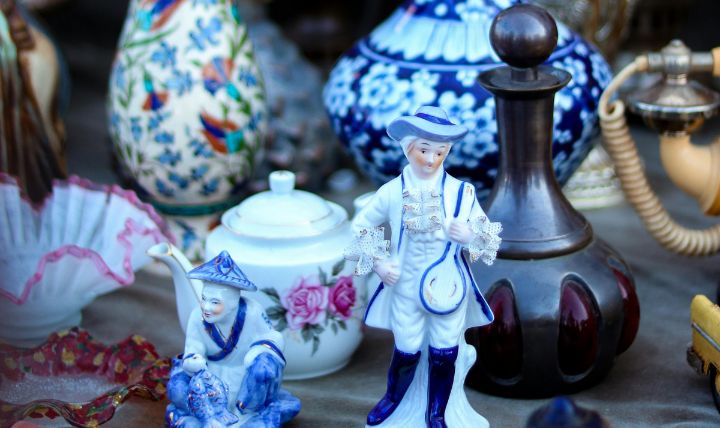
Are you curious about the vintage status of your latest ceramic find? While figuring out if it’s vintage or antique can be tricky, you are in luck, as we will give you 15 signs that it might be. This may work for family heirlooms or lucky flea market purchases. With a few tips, you can quickly spot the key signs that make a piece truly special and valuable.
Check the Maker’s Mark

The easiest way to start is by looking for a maker’s mark. Often found on the bottom of the piece, these stamps or symbols can reveal who made the ceramic and when. A quick reference check lets you know if you’re holding something special from a particular time or place.
Examine the Glaze

Vintage and antique ceramics often have distinctive glaze finishes. Older pieces may show signs of wear, with crazing or crackling in the glaze due to age. Modern ceramics have smoother finishes, so studying the surface closely can offer clues to the ceramic era and quality.
Look for Imperfections
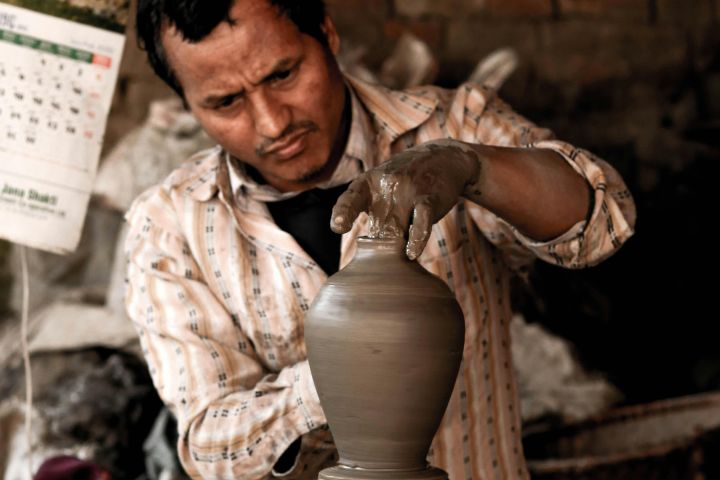
Handcrafted ceramics, especially older ones, may have slight imperfections—tiny bumps, uneven paint, or slight asymmetry. These might suggest they were made by hand, adding to their charm and value. Machine-made pieces from later periods look too perfect, so those flaws could be a good sign.
Study the Shape

Different eras had unique styles of ceramic design. Some shapes were only popular during certain times, like the sleek lines of Art Deco or the ornate curves of Victorian ceramics. Recognizing these shapes can help pinpoint the period in which the piece was created.
Inspect the Weight
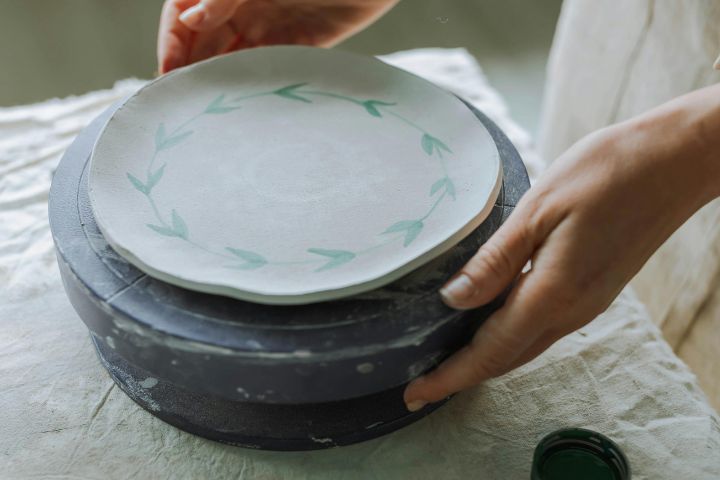
Older ceramics are often heavier than modern ones, especially if they are handcrafted. Vintage pottery tends to be thicker and denser, while newer pieces may feel lighter. Picking up the ceramic and feeling its weight can be a quick way to judge its age.
Check for Faded Colors
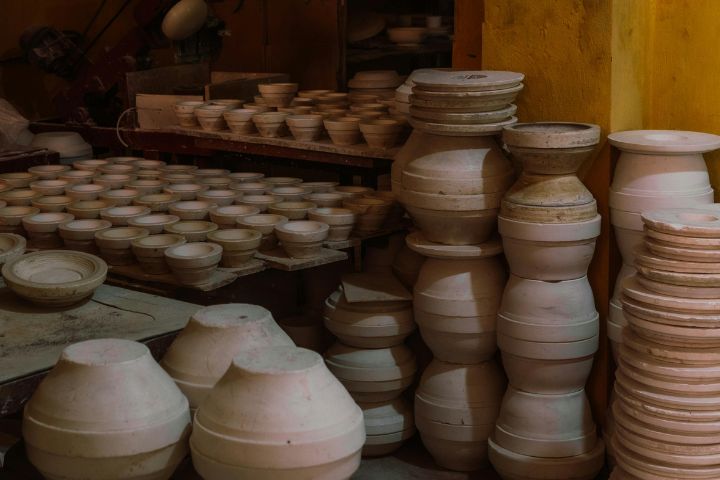
The colors on older ceramics may have faded or dulled over time. Bright, vibrant hues often indicate a newer piece. When ceramics age, especially if open to sunlight, their colors are mellow. That slight fade can give you insight into its vintage status.
Evaluate the Detail

The level of detail in a ceramic’s design speaks volumes about its age. Antique and vintage pieces often feature intricate hand-painted patterns, while modern mass-produced ceramics have more straightforward, uniform designs. More detail can signal an older, more valuable piece.
Notice the Bottom Finish
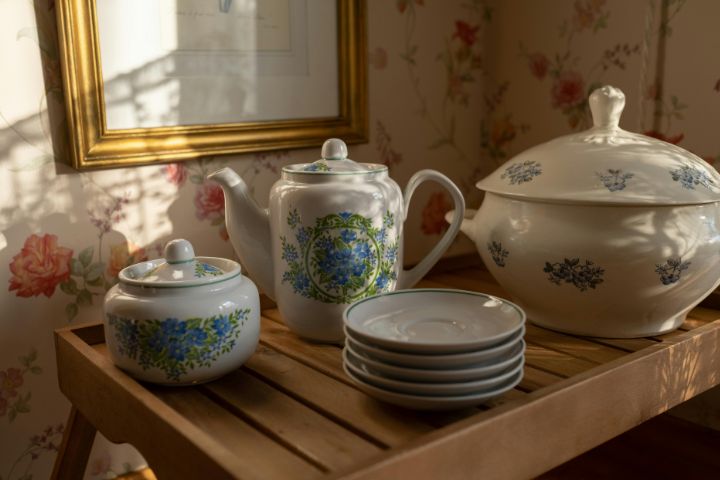
Older ceramics typically have an unglazed bottom, or you may see worn, rough edges where they rested during firing. Modern pieces often have a smoother or fully glazed bottom. Checking the finish at the base can help separate vintage from contemporary creations.
Look for Craquelure
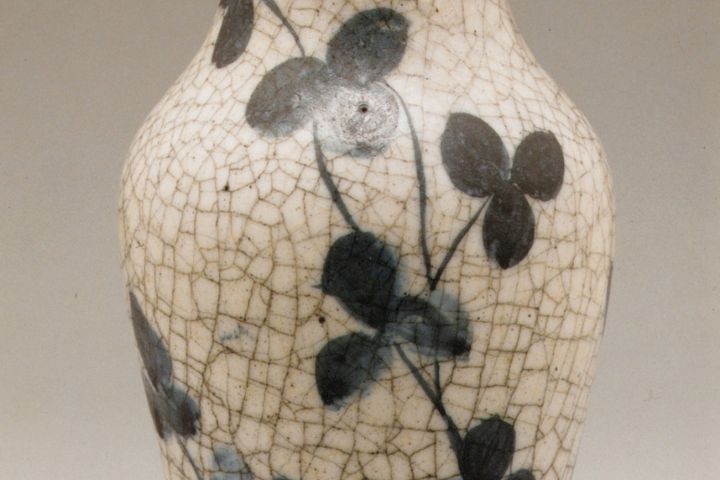
Craquelure is an intricate network of fine cracks in the glaze that naturally form over time. This cracking is common in older ceramics and can strongly indicate age. While craquelure doesn’t affect the ceramic’s strength, it adds character and authenticity to vintage pieces.
Be Mindful of Material
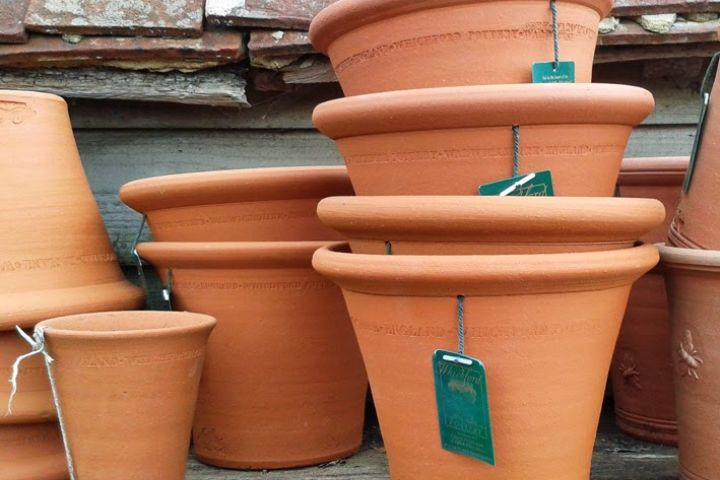
The material used to make the ceramic can hint at its age because early ceramics were often made from earthenware or stoneware. The later pieces might be porcelain or bone china. Understanding the differences in these materials will help you date the piece more accurately.
Spot the Style Influences
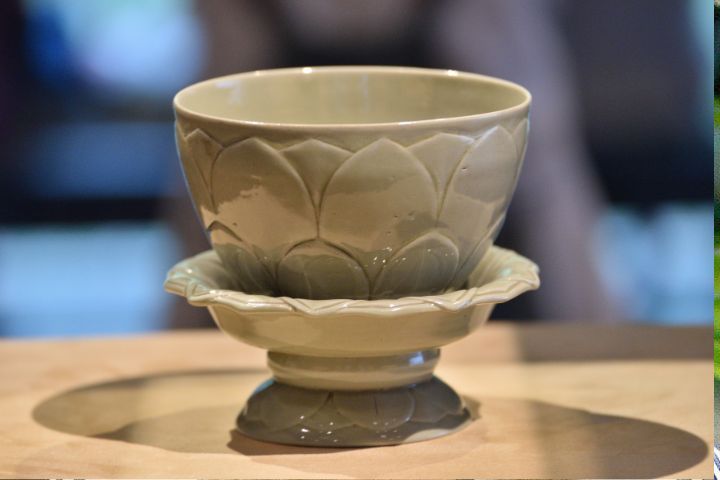
Ceramics from different regions and eras have distinct styles, and learning these styles helps determine a ceramic’s origin and age. For example, Chinese ceramics often showcase intricate patterns with cultural motifs. At the same time, European pieces might lean toward classical or floral designs.
Inspect the Rim
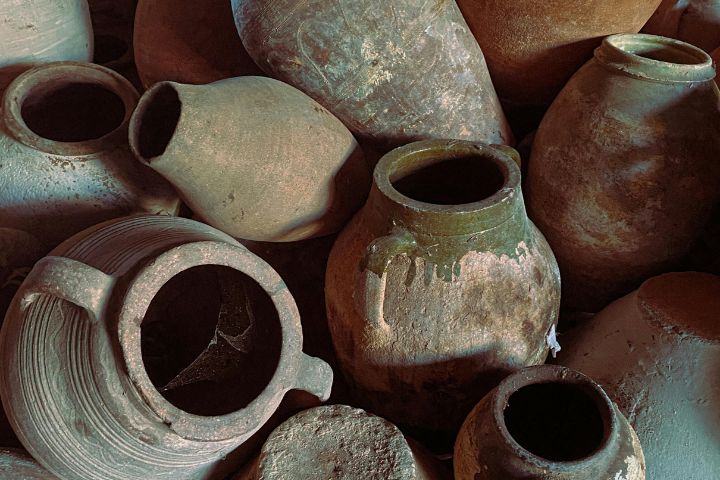
The rim of a ceramic can tell you a lot. Due to decades of use, older pieces often have a worn or chipped rim. In contrast, a perfectly smooth rim might suggest a modern, less-used item. Checking this area can help confirm if a piece has been around for a while.
Recognize Signs of Restoration

Antique ceramics are sometimes repaired or restored; spotting this work can help you decide its value. Look for small areas of discoloration, different textures, or faint lines where a crack was filled. Restored pieces still have value but may not fetch as high a price.
Seek Out Specialty Books

Specialty books or catalogs focused on ceramics can be a treasure trove of information. With detailed images and maker’s mark references, these resources are invaluable for serious collectors or curious beginners wanting to confirm the authenticity of their finds.
Trust Your Gut

Sometimes, you just know when something feels old or unique. While expert advice is great, trust your instincts, too. If a piece feels like it has a history—whether it’s the weight, finish, or overall vibe—it’s worth taking a closer look. Your intuition could lead you to an authentic antique!
